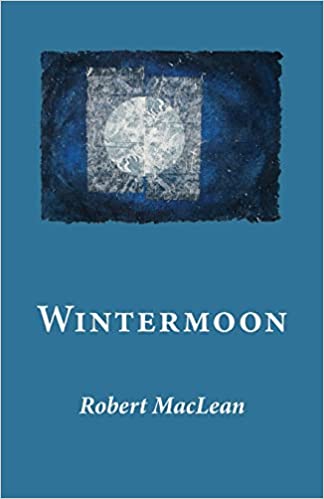
Wintermoon, by Robert Maclean. Isobar Press, Tokyo, 2022.
A review by Mark Richardson.
I’m most at home with verse conventional to English from the 16th through the 20th centuries. I enjoy poems that argue or imply arguments. I want rhyme, well-framed stanzas, conceits. Give me Hardy, Herbert, Larkin, Frost or Bishop⎯or Seidel and Ogden Nash. Still, I’ve read haiku in English, and haiku-like poetry in English⎯a fair amount of it. I never acquired a taste for most Black Mountain School versions of haiku-like poetry, or for its Pound or Charles Olson incarnations. Robert Creeley, Snyder, and William Carlos Williams published a lot of haiku-like poetry, and much of theirs I enjoy. But I’ve never written about this kind of poetry, not a paragraph that I can recall. In that sense I’m new to the game. So, I’ll speak of its rules and conventions⎯givens that most readers of Wintermoon would feel no need to speak of. I’ll ask questions and cover ground not strictly necessary to a book review.
For example, there’s an elliptical grammar peculiar to haiku written in English. Wintermoon employs it. Consider this poem, the first in part five of the book, “Back Route on Fushimi Inari”:
main path
that way
go this way (37)
I assume two sentences are implied here, one indicative, the other imperative: “The main path is that way. Go this way instead”⎯this way being (again my assumption) the “back route” of the subtitle. Get off the beaten path. Leave the flock. Alright, sensei⎯I’ll try. (I think I know that un-beaten path, having once gotten lost, with no cell-phone reception, somewhere inside Fushimi Inari.) Now: exactly how does the poetry get into this haiku? Is it first by compression⎯the omission of an article, the copula, and an adverb⎯and then by lineation? I don’t doubt that the poetry gets in. Wintermoon is a lovely book, though “main path”⎯–I’ll refer to the poems by their first line⎯is not a high point. The sentiment, here, is unsurprising, and paradox always arises when you find yourself instructed to leave the beaten path (unless the imperative is self-directed). Of course, it’s unreasonable to single out, from a carefully ordered collection of them, so short a haiku-like poem.
Whatever the case, the elisions and line breaks seem: (a) meant to slow the poem down (requisite in a text of seven words), and probably meant also to suggest how it ought to be said aloud (with two little pauses and a beat at the end); (b) meant to reflect, in English, the fact that pronouns generally don’t populate haiku in Japanese, and the fact that Japanese sentences usually imply a subject, and so can strike a native speaker of English as merely predicative; (c) meant to reflect the fact that Japanese doesn’t have articles (hence one major difficulty Japanese learners of English encounter); and (d) meant to reproduce the two-to-three line arrays in which haiku in Japanese are presented (though these lines are often vertical in Japanese). These practices are evident in a great deal of haiku, and haiku-like poetry, in English. One thing more: “main path,” like most haiku, isn’t written for the speaking voice. Who talks this way? Nobody. That doesn’t mean you shouldn’t read it aloud. But if you do, you must adopt the “voice” of English haiku, and that voice is distinctive proportionate to the distinctiveness of English-haiku grammar.
Another example, from late in the book:
Kyoto silent now no traffic
temple bell rings 108 sins
backward to zero (65)
Again, two sentences are implied: “Kyoto is silent now, with no traffic [in its streets]. A/The temple bell rings 108 sins backward to zero.” Maclean provides a helpful note, for readers unacquainted with this Buddhist ritual: “On Oshogatsu, New Year’s Eve, throughout Japan, temple bells are struck 108 times, voicing the ‘snares and delusions’ (bonno) of tradition. No one today seems quite sure what these 108 sins are, but it’s fun trying to find out” (83). In short, the poem captures an annual event, which happens immediately before midnight, with the city traffic all thinned out; the poem also captures the idea that this is a count-down, not a counting up, of the 108 sins (you start at 108, not at 1). The ringing of the bell is thought to help rid us, as if by sympathetic magic, of the sins of the dying year. “Zero” is the aim. In line two, at first blush, “rings” transiently seems intransitive (a temple bell rings). But of course, we see at once that it’s transitive, though in an unusual way, owing to the object it takes and the adverb that modifies it: the bell rings the sins backward. As with “main path,” I can’t quite say how the poetry gets into “Kyoto silent” by omission of articles, a copular verb, and so on. But again, I don’t doubt that poetry gets in, and the tongue-clapper in its bell (the verb “rings”) is the more eloquent for the unusual grammar.
Here’s a poem where elisions don’t quite work, I think, or at any rate become inadvertently salient.
stopping on Kitaoji bridge
look down
my drowned face
Line one, a participial phrase, doesn’t readily give in to line two, which, though presumably short for “I look down,” doesn’t banish⎯I mean altogether banish⎯the ghost of an imperative mood. Is “look down” a request to a companion on that bridge? I doubt it. The unstated “I” must be alone with his “my.” But I can’t be certain. How often do statements made in haiku imply an addressee other than the reader? Very seldom, I think. (See “hold hand-,” below, for a possible exception.) I also wonder if the omission of subjects and pronouns leads composers of English haiku to deal in quasi-imperatives⎯or in brief sentences that are ambiguously imperative⎯when they don’t really wish to. I’m not sure the past tense in line three sounds right. The larger sentence implied must be something like: “Stopping on Kitaoji bridge, I look down and find my face (its refection), drowning in the water.” Perhaps I’m sensing, or fabricating, a temporal problem, somehow springing from the fact that the three verbs are conjugated to different purposes: stopping, I look down, and my face has already drowned. Do its eyes give back no gaze? Does the serene composure of the reflected face immediately seem lifeless? Or is the tone of the poem dark, as if the watcher on the bridge somehow feels implicated in what he says and sees of his face? One might well hear the tone as whimsical: a face, not a person, drowns, of course (no jumpers here). The slight oscillation between moods⎯indicative, imperative⎯may be deliberate. I’m aware, of course, that English haiku aren’t equivalent to any grammatically complete sentences they may imply. Still, this poem asks a bit too much of English syntax and grammar. Its joints creak. Wintermoon is otherwise entirely free of ellipticalities that trip me up. One can see that a composer of haiku in English will always have a hard time telling how far to carry his language towards Japanese. Maclean almost always gets it right.
One more technical matter. Occasionally, though sparingly, Maclean splits words at line ends, giving us a poem that can be experienced only on the page, in type, as he does in this haiku:
lum
inous empti
ness (71)
The poet dispenses with hyphens (in one or two other instances of this kind he employs them), so we have, here, the effect at its most conspicuous. I do not think Japanese haiku provide a precedent for this. The technique must derive from such poets as ee cummings and perhaps some of the Black Mountain crew. Herbert, though, does similar things a couple of times in The Temple (1633). Marianne Moore splits a few words. Ben Jonson breaks a word up at least once⎯in “To the Immortal Memory and Friendship of that Noble Pair, Sir Lucius Cary and Sir H. Morison” (lines 92-93: “twi- / Lights”).
But what can be the use of this technique in “lum”? I’ll take a flier and guess that we are to hear these lines in two ways: “loom in us, emptiness” (ad homonym, so to speak) and “luminous emptiness” (straight up). The second reading is indicative (it specifies that emptiness and illumination are related); the first is invocative (“Emptiness, loom in us”). Fair play? Why not, once in a while? Construed this way, the poem winks a little: its two incarnations reflect (or reflect on) each other. Maclean, as I say, has the tact to use this technique very sparingly. You can see its necessity here. The plain phrase “luminous emptiness” would make no poem, say nothing novel, involve no play, nor give anyone reason to utter it in a special way. Best to cut up with it in type. I should add that, read with the two haiku it follows, “lum” takes on a far stranger and more solemn aspect. Many of the haiku in this book are subtly, and artfully, altered by the ones that precede or follow them.
One other example from the broken-word school:
hold hand-
lessness
on your lap (63)
Why is the hyphen employed here and not in “lum”? I assume because “handlessness” is a nonce word and therefore needs the help; you also must know that the second line isn’t altogether to be treated as a word. This haiku is a sentence, imperative mood. It’s pedagogical, as are several others, and has to do, I gather, with Zen practice. Part one of the book is titled “Zazen at Tofukuji” and this poem is addressed (second person) to someone sitting. Is “hold hand-” that rarity I spoke of above⎯a haiku with an implied, on-the-scene-auditor, additional to the reader? Is it half of an exchange? I doubt it (unless Maclean is the addressee). Anyway, Maclean needs a word for a non-idea that lacks one, and he finds it, or a hint of it, in “lessness,” where the suffix -ness makes a noun of less, as it makes a noun of the adjective “empty.” Intensify lessness enough and you arrive at emptiness. But take the word whole, no line-break: handlessness. What can this mean? The state of being handless? And what then are we being told to hold? Something that we can’t lay hands on or should keep hands off. This is holding of another kind, as when we hold a thought, or an unthought⎯the thought of “handlessness,” for example. Hard work. But then “hold hand-” appears in part eight of the book, “Rohatsu Sesshin at Tofukuji.” A welcome note in the appendix explains: “A sesshin is an intensive training retreat, usually for seven days; literally, ‘to gather the mind.’ The Rohatsu sesshin is held in December to commemorate the Buddha’s enlightenment and is noted for its severity” (my emphasis; 82). This accounts both for the imperative in “hold hand-” and for what that imperative asks of us. Can you handle it?
Wintermoon consists of 119 haiku. By my count 53 of these either are or contain proper English sentences (about half), ranging from the indicative to the interrogative to the imperative mood. Maclean is at ease in or out of proper English sentences (except, perhaps, when he’s on that bridge at Kitaoji). And he’s appealingly unsystematic in setting his haiku up (as Robert Bringhurst notes in the jacket copy). Maclean is no 5-7-5 poet, as what I’ve quoted shows.
The poems are by turns observational, riddling, seasonal, instructional, humorous, and enigmatic. A reader gathers from one haiku that the poet hails from a much colder clime than Kyoto (a biographical note on the back of the book tells us where: Cape Breton, Nova Scotia).
wind bell
icicles
my distant country (34)
This poem appears in part four of the book, “Summer Solstice.” The metaphor rings as lovely as it does plain: wind chimes, touched by a summer breeze here in Kyoto, remind the poet of icicles⎯and with that thought comes a wave of nostalgia (for a maritime province in Canada, or anyway somewhere cold and a long-haul flight away). Wind chimes are like icicles in that both typically hang from the eaves. Wind chimes are also metallic and often cool/cold to the touch, and, like ice, they glint in the sun. For their part, icicles are like chimes in that the wind can play clacking tricks with them. (I know from my decade in Michigan.) The metaphor comes over us quickly, as it must have overcome the poet, and precisely in the steps implied by the lineation: one, two, three. The poem⎯caught in the act of having its idea⎯summons winter in summer, ice in the heat, with a paradoxical grace (homesickness involves its own relief). One question remains: why the singular bell, and the plural icicles? We may not be speaking of “wind chimes,” in which case some of what I’ve said may not apply. The poet has been a bit more precise than me: he likely means fuurin (風鈴).
As for observational haiku, here is a good example, from part three of the book, “Three Mat Room” (for readers unfamiliar with Japanese domiciles, that means a very small room: about fifty square feet):
5 a.m.
old ladies gossiping
by blue garbage bags (23)
No figurative work at all, here. Instead, the interest comes in the setting implied, which must be urban. This is the sort of thing you can only hear, from inside your bedroom (it’s 5 AM), when living in close quarters⎯and when living in cities, we infer, with ordinances that proscribe leaving garbage bags out overnight, and which govern recycling (the bags are the same color for a reason). Also implied is enough competence in Japanese to know “gossip” from some other kind of talk; we are learning a lot from a little about the poet. Another thing we learn is that he knows when not to omit an article or a preposition. Remove “by” from that last line and see what happens.
A haiku on the page following “5 a.m.” confirms that these are city poems. This one offers a bit of “how to” advice.
how to navigate
crowds
deadman’s float (24)
Maclean doubtless speaks from experience, hard-won in, say, Shijo Station during Gion Matsuri. Christ, those crowds. You can lift both feet off the floor in them. This haiku is witty⎯and, as I’ll suggest in a moment, perhaps something more into the bargain. (Maclean’s best haiku are expansive condensations.) The wit has to do with the fact that “navigation” cannot be a passive act, a letting go. “Navigation” implies control and a destination, whereas in “how to” we are advised to treat the crowd as an ocean or river, as a thing with currents in it, and advised then to let ourselves float on those currents. But not float in just any way: we are to dead–man float, exertion-less. Is there a slight imprecision here? If you dead-man floated in a crowd, you’d somehow have to get atop it⎯though remaining facedown (this isn’t crowd surfing). Whatever the case, “how to navigate” says, in a whimsical-humorous way, what we’re elsewhere, many times, told to do in Wintermoon: relinquish or abolish “self” (an aim, as I understand it, of Zen and zazen). Compare “how to navigate” to this haiku, from part one, “Zazen at Tofukuji”:
fall inside yourself
until that word too
is gone (13)
Another sort of dead-man’s float: a fall is passive, non-exertive, a letting go–anything but a jump. And the idea is to fall so far that the word you once used to refer to yourself follows you right down the self-hole like a Kennebunkport windbreaker no one will ever again need. Yes, let go of the thing; let go even of the word for the thing. Unscrew the doors of perception from their jambs. But to return for a moment to “how to navigate.” Surely I won’t be the only reader familiar with the navigation of crowds in Japan to point out that there’s another technique than the dead-man’s float: the extension of the right hand in a chopping, blade-like maneuver, tipping your head and quickstepping in the direction it indicates. This always parts the waters. Some unspoken social contract concerning the use of this gesture must exist. If I’ve seen it deployed once (and to astonishing effect), I’ve seen it deployed a hundred times. The gesture is unique to Japanese men, I should add. I don’t recall ever seeing a woman use The Blade. How they “navigate” our denser crowds I don’t know. I’ve used The Blade a few times myself. The glances I sometimes get suggest I’m committing an act of appropriation, as if The Blade can’t be used by just anyone. But all this only seconds the quasi-philosophical point made in “how to navigate.” Use of The Blade in a crowd is highly Self-Assertive, thoroughly directional, as aimed as is any arrow. And, no, we just can’t have any of that in Wintermoon. A dead-man float it must be.
I implied that we learn a good deal about the poet in Wintermoon. We learn not only that he is (or was) an expat from a cold climate practicing/studying Zen in Kyoto. We learn that he was a teacher. From “Three Mat Room”:
even though they seemed
to be listening
how quickly everyone leaves
You might take this as an observation about a crowd in a concert hall, but you’d be wrong. We are in a classroom. Who other than a teacher would feel the pathos in the aptitude with which students so deftly disembark? Everyone in the teaching racket wonders how real apparent listening is. Do we expat-native-sensei have a harder time gauging this than our Japanese colleagues? I haven’t asked. The other question implied in “even though they seemed” is harder to put and more humbling: “Was what I just said worth listening to?” Maclean follows this haiku, and its quiet air of doubt, with the only answer that can rightly be made:
erase the whiteboard
turn off the light
bow to the empty room
Did Maclean-sensei perform this last act? ¥10,000 says he did. Keep it all modest, leave the classroom cleaner than you found it, and never forget your due respects⎯without regard to whether anyone sees you pay them. And really, does it matter whether the students were listening, or matter what it was they supposed they’d heard? No classroom is a crucible. I like the attitude these poems take towards teaching.
This haiku, also from “Three Mat Room,” gives us a way to think about Maclean’s art.
my voice
a rusty knife
whittling these shavings
Call this an equation haiku, with the “is” or equal sign left out: “my voice [is] a rusty knife whittling these shavings.” “Voice” we take for poetic voice, the chiefly silent vocalizing you get into when making poems (and by which the poems are recognized as yours). Only here, writing is whittling, and the poems are the shavings the knife-voice reduces our lumber-language into. Whittling⎯at least in North America⎯is the very type of a pleasant but aimless endeavor. Whittle and slip outside of Time. Whittling was already a figure before Maclean got to it. (The Andy Griffith Show whittles.) Whittling can be purposeful, if what you want is a proverbial sharp stick in the eye (the thing all other things are said, in American English, to sure beat). But really, whittling is the place where aimlessness and craft have their encounter⎯in a kissing-cousin way. I think “my voice” suggests that Maclean finds the wellspring of his poems right there, where aimlessness somehow acquires purpose, or where purpose feels effortless. Is there Zen in this? You want, he seems to be saying, to have as little will in the act, which means as little Self-assertion in it, as is needed.
And yet, there’s a fully realized personality in Wintermoon: zazen-sitter, city-dweller, husband, father, cat lover, very likely a guitar player, an animist, mourner, expatriate, neighbor, teacher, philosopher (more in a minute), and disciple. You wouldn’t mistake his shavings for those made by any other knife. His voice is a “rusty” knife anyhow, oxidized, corroded a bit by life. Rust is a slow burn, but a burn nonetheless. This whittler’s voice⎯his instrument⎯is tarnished, roughed up, aged; this is part of its appeal. Does anyone ever clean a knife before whittling with it? The acts seem incompatible.
Wintermoon is, to be sure, a philosophical book. This is announced by haiku and section-titles that derive from or name Zen practices. Some haiku strike me as animistic, and of a more ancient vintage than Zen.
light pulses
in the ventricles
of a stone (33)
The elliptical grammar of English haiku raises a question. Is “light” an adjective or a noun? If the latter, this is a seen event and not a felt one (no nurse’s geo-sensitive fingers laid on here). “Light” as a noun would also make this haiku a sentence. But who’s to say this isn’t a felt event, that the poet didn’t touch the stone, and that this isn’t an eight-word phrase? The poem makes me suspect we’ve been slandering the mineral world all these years by giving unempathetic people “hearts of stone.” Maclean’s hearty stone has ventricles, and he’s tender about it. Is some litho-cardio-vascular worry implied? Sclerosis?⎯from the Greek “sklērós,” or “hard.” God forbid. Other stones in Wintermoon give⎯I don’t think they take⎯“language lessons” (39). Some may even converse with cats (51).
Two haiku concern insect emotion (including “love”). This one might have been written by a Jain:
cockroach scuttles
across the sidewalk
afraid (19)
The omission of the article at the head of the poem allows for a momentary experience of “cockroach” as adjectival and “scuttles” as a noun. What kind of “scuttles”? The cockroach kind. But the point is sympathetic: insects, too, know fear. Or better still, and closer to the language of the poem: cockroaches are often sore afraid. That adjective can involve a latent tenderness, or pathos, as the translators of the English Bible knew; “scared,” for example, lacks it. (“Scared” turns up once in the KJV; “afraid,” 232 times.) I almost wish Maclean had added the adverb sore, but the rules of the game forbid it.
This haiku sent me to Wikipedia and to PubMed.gov (one of the internet’s Incontestably Great Sites). Your cockroach, it seems, is not a “true bug” (i.e., not a member of the order Hemiptera). He/she/they are more ancient. Still, the cockroach is a social insect. In fact, Adrienn Uzsák and Coby Schal have shown that, in females of the species Blattella germanica (the German cockroach), “social isolation slows oocyte development, sexual maturation, and sexual receptivity.” Female Blattella need a little foreplay: the “tactile cues” that come from crossing antennae. So, we can speak of cockroach fear and of cockroach loneliness, and therefore obviously of cockroach happiness. Incidentally, the tone of the Wikipedia page for Blattella germanica suggests it was composed chiefly by entomologists in the pay of Big Pest Control. Uzsák and Schal (and Maclean) have considerably more fellow feeling.
This brings me to the haiku that concludes “A Walk by the Kamo River” (part two of Wintermoon).
creaturely world
translations
from a lost original
Does the plural in line two require that we regard each creature in our “creaturely world” as a translation of a “lost original”? Or is the creaturely world we now inhabit⎯taken tout court, cockroaches and all⎯the last in a long series of “translations” from an “original text” now “lost”? Both seem possible. (Incidentally, here is a case where omission of an article, or of the possessive pronoun “our,” at the start of the first line is necessary to the view implied.) This haiku may remind some readers that “translation” has a meaning in metempsychosis. Souls⎯ themselves immortal⎯are “translated” from body to body, but, after a dip in the waters of the river Lethe, they must, with each birth, forego memory: all previous “editions” of a soul are “lost” to it. The most celebrated statement of the idea comes at the conclusion of The Republic. We meet a modified version of it here. Now, imagine that first line as “animal world” or “this animal world.” That wouldn’t do, and not because it excludes the plant kingdom. “Creature” is to “animal” as “afraid” is to “scared” (see above): there is a pathos to “creature,” unavailable to “animal,” probably owing to how it holds within it the idea of creation. “All animals great and small, / The Lord God made them all” is awful⎯in sound and doctrine.
Maclean works with ready material. Jargon borrowed from writing now pervades talk of genetics, and therefore talk of biology: “editing,” “transcription,” “code,” “decoding,” “translation,” and of course DNA, “written” by us spellers in a four-letter alphabet: AGCT. In biology “translation”⎯so says my dictionary⎯is the conversion, during protein synthesis, of a sequence of nucleotides in “messenger” RNA into amino acids. (Messenger RNA: language again.) “Translation” is a function within “the language of life,” to borrow a phrase from Francis Collins⎯former head of the Human Genome Project (and member of the creaturely Pontifical Academy of Sciences). In what sense is our “creaturely world” a “translation” of a “lost original”? As a neo-Darwinian, I grant that every “creature” now living⎯and of course let’s bring the plant kingdom in⎯is a fresh phenotypical “utterance,” at times with slightly new “spelling” and a novel “idiom” or two, made in an underlying “language” (the genome). Some scientists quest after the Last Universal Common Ancestor of everything now alive (LUCA), which must have been a phenotypical “utterance” in the “ur-language of life.” They expect to find its first “speakers” in (say) prokaryotes or protoeukaryotes dating to the Archean Eon. The dinosaurs were “translated” into the Library of Birds, and so still may be “read” there, albeit in the Avian. Or think of birds as theropods “written” in “Cenozoic,” or “translated” from the “Cretacean” into the Cenozoic. (I may mistake my nomenclature.)
I assume the idea in “creaturely world” requires that we suppose the “translations” will continue. Obviously, at some point no creature will “speak” the AGCTs peculiar to the human genome. Whether its “language” will ever be “translated” is doubtful; we seem bent on ensuring it won’t, so jealous are we of legatees. The language called “cockroach,” by contrast, is proverbially immortal. Haiku are often said to catch “moments.” This one takes much less than a moment to utter. But its clock is set to geological time.
One more, this time from part seven of the book, “Autumn.”
crickets pulse all night
harmonic
of a deeper tuning (49)
Maclean hears the stridulating “pulses,” or chirping, of the crickets as if in hertz; they indicate a certain frequency beneath which (“deeper”) you can infer a more fundamental, or tonic, frequency, even if you can’t “hear” it. The metaphor is acoustic. A “harmonic,” in the sense used here, is a frequency some specifiable order of magnitude higher than that of a given tonic note (or “first harmonic”). Guitar players produce harmonics by lightly touching the A string, say, above the fifth fret and then plucking it. The tonic, or first “harmonic,” here is 110 hertz, the third, what you hear when you employ the technique, is 440 hertz (two octaves up, a note you can sound by plucking the high E string at the fifth fret). Lightly touch the A string at the seventh fret, while lightly touching the low E string (82.41 hertz) at the fifth, pluck both, and you get the same E note (329.64 hertz, now two octaves up). That’s one way to harmonize your guitar. And “crickets pulse all night” concerns harmony⎯obviously, the harmony of the natural world, which includes us. The Great Tonic Note of the whole affair may be “deeper” than any we can actually “hear.” But this haiku assumes, or simply posits, that the tuning of the world is nonetheless sound and well-tempered. The assumption entails the idea that the natural world involves, or maybe is, a kind of “music”; that everything in it is probably reading off the same score; and that, although our senses always afford us only a partial audition of this music, we can, given sufficient clarity of mind, discern that it is whole. This haiku presents itself as a record of exactly this kind of discernment and implies (again) a particular philosophical outlook. The world, for that matter the cosmos, is somehow consonant, agreeably ordered, and, so far as I can tell from this book, all’s pretty much right with it. Maclean’s is not a tragic view, at least not in Wintermoon. Nor is he a pessimist or a cynic.
Wintermoon, in “crickets pulse all night,” recalls Dryden, in his Lucretian “Song for St. Cecelia’s Day (1687):
From harmony, from Heav’nly harmony
——-This universal frame began.
——-When Nature underneath a heap
————Of jarring atoms lay,
————And could not heave her head,
The tuneful voice was heard from high,
————“Arise ye more than dead.” …
From harmony, from Heav’nly harmony
——This universal frame began:
—–From harmony to harmony
Through all the compass of the notes it ran,
—–The diapason closing full in man. (479)
Maclean doesn’t share that last sentiment. He’s no humanist in the old sense, as Dryden is. I think it safe to call Wintermoon a vote against any humanism that takes “mankind” as the starting point⎯or culmination⎯of inquiry. Mankind is the center of nothing, nor is it the fulfilment, resolution or “close” of anything (Dryden uses “close” in its musicological sense). And if ever we hear a dissonant note in all the “music” Maclean hearkens to, it will be⎯count on it⎯sounded in a man or a woman. Only our minds are unsound or unclean.
But the world, as we know it in Wintermoon, is right in tune. We don’t say who the Conductor of all this music is, let alone the Composer. I suspect the idea is that we inhabit an auto-composing and auto-conducting world (or cosmos), and it somehow “knows” how to “play” or “perform” itself. And the music is darn good, maybe even another Pet Sounds. The “cricket” haiku says something like what “creaturely world” says: stipulate that we can’t get at the “lost original” of which this creaturely world is a translation; stipulate also that we can’t really get at, by transcription, the score of whatever “music” the world “is” or “plays.” We can, however, deduce that the “original language” once existed, and that the “score” still exists and sounds out its first harmonic. And we can dig it. This book hints at the reality of the unseen⎯to borrow a phrase from William James⎯but also at the reality of the unheard.
Wintermoon, on any number of pages, suggests (or states) ideas of the kind found in “crickets pulse all night.” The book is of a piece. Its wholeness suggests a much “deeper” composure, which we might on occasion achieve, or anyway sense⎯with practice, lots of practice. At times, the book speaks of terrific bereavement, as, for example, in a haiku of three lines almost too much to bear in their plain-spoken way (see page 70; I will not quote the poem here; leave it to the privacy of its pages, which afford and reflect consolation). Bereavement is one thing a “creaturely” world must involve. But Wintermoon is equal to it. As I’ve hinted, this book is pitched in a major key, though not without its moods indigo (see the image on the cover: “Tsuki,” by Sarah Brayer). I take it as written by an exponent of something like the “religion of healthy-mindedness” William James describes in The Varieties of Religious Experience (1902). “One can but recognize in such writers … the presence of a temperament organically weighted on the side of cheer and fatally forbidden to linger, as those of opposite temperament linger, over the darker aspects of the universe. … Systematic healthy-mindedness, conceiving good as the essential and universal aspect of being, deliberately excludes evil from its field of vision” (83, 88). But no, that’s wrongheaded: Wintermoon “deliberately excludes” nothing from its field (except those pronouns and articles). If it exemplifies “healthy-mindedness,” it does so in a nuanced form⎯healthy-mindfulness, say. Does this book entail a variety of religious experience? Yes. And its constitution is of the “twice-born” kind, as James would say. Wintermoon derives from an experience of enlightenment or conversion, or something very like one. Healthy-mindfulness of the kind it implies acknowledges the wickedness of the creaturely world, but “places” or “sorts it out,” and attains thereby its resolution (as James says Buddhism can). And its attainment is the work of many a year, even if it sometimes arrives⎯I can only assume, sick soul that I am⎯as if in a wind-chimes-to-icicles-to-Canada instant.
Wintermoon is a tonic. I commend it to any reader. True, five days out of seven I turn to unregenerate poetry of the irrefragably mordant, once-born kind⎯and in rhyming stanzas or sonnets. Hardy’s poetry, as I said above. Or Frost’s. Or Larkin’s. (How does “This Be the Verse” relate to the desire to escape the Wheel of Existence?) The gracefulness these poets achieve is the more striking because they don’t imagine a world with any grace in it at all. Their world is a jangle. On occasion, they deliberately include evil in their “field of vision” of it. (See “Christmas: 1924,” by Hardy, or “Deceptions” by Larkin.) And the only “practice” these poets embrace is the practice of making poems. But that’s neither here nor there. Whatever gets you through the night is all right.
WORKS CITED
Dryden, John. “A Song for St. Cecilia’s Day, 1687.” In Arthur Quiller-Couch, ed. The Oxford Book of English Verse. New edition. New York: Oxford University Press, 1940.
James, William. The Varieties of Religious Experience. New York and London: Longmans, Green, 1902.
Uzsák, Adrienn and Coby Schal. “Sensory Cues Involved in Social Facilitation of Reproduction in Blattella germanica Females.” PLoS ONE 8(2): e55678. https://doi.org/10.1371/journal.pone.0055678.
*********************
Wintermoon is available from amazon here.

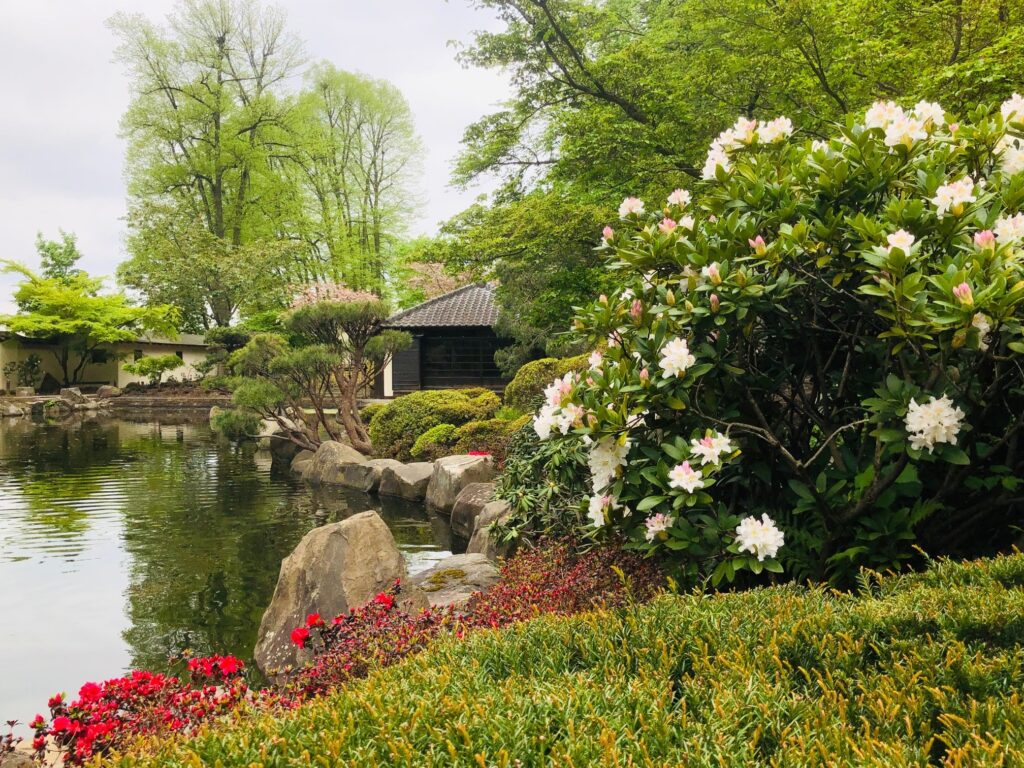
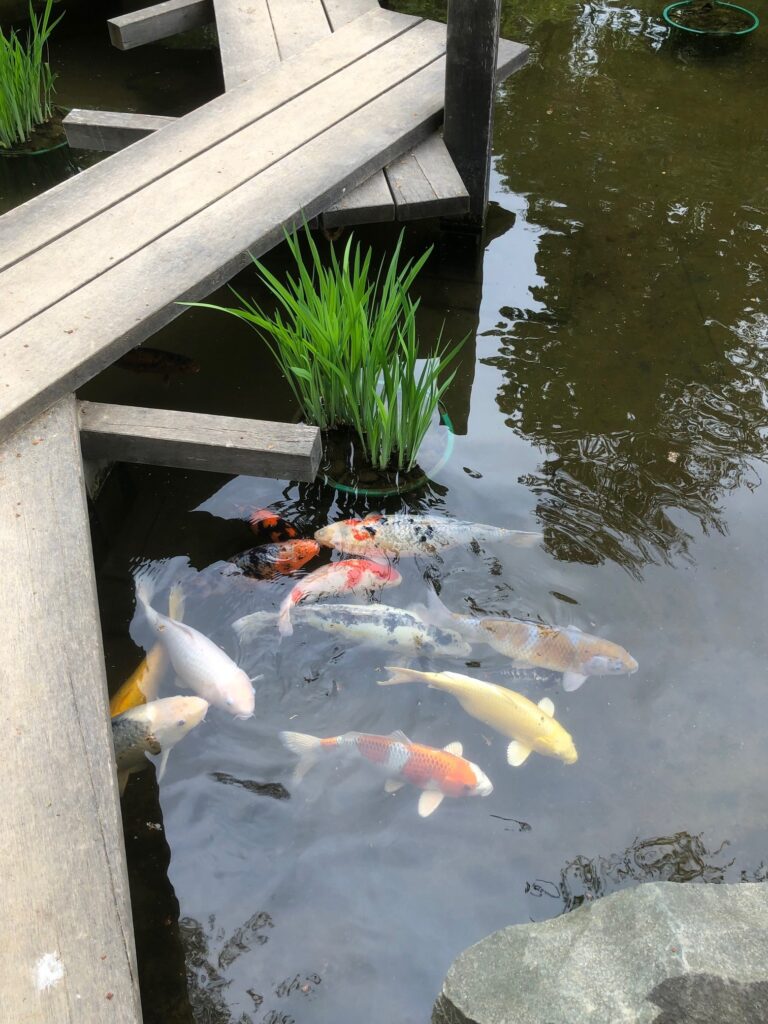
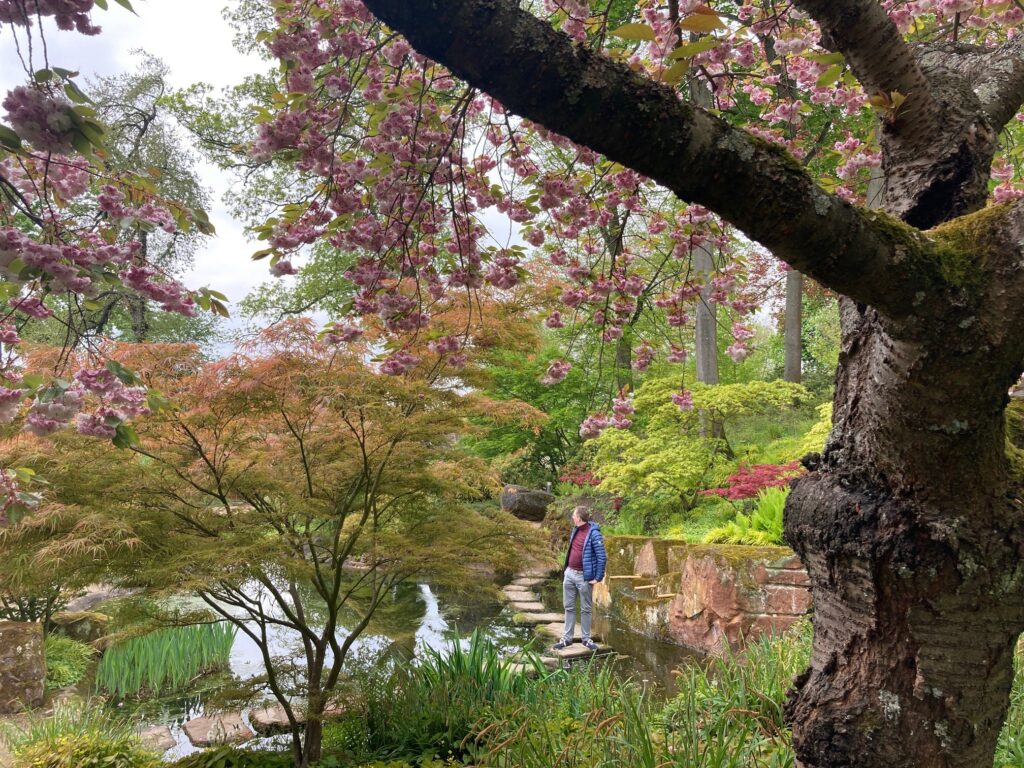
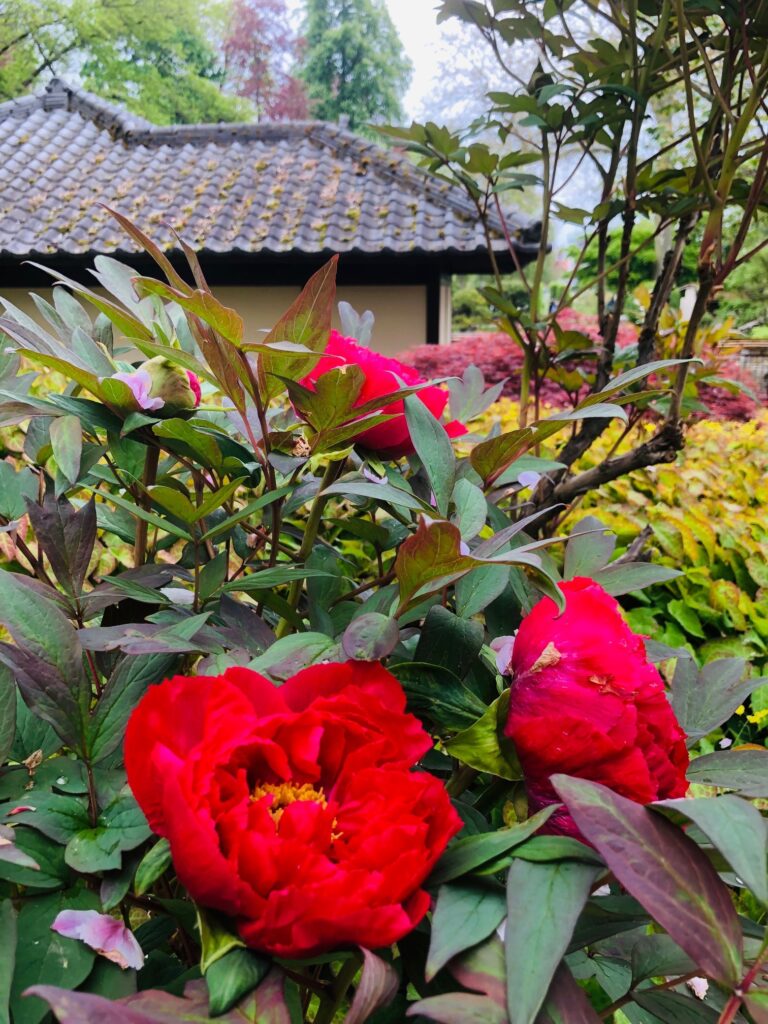

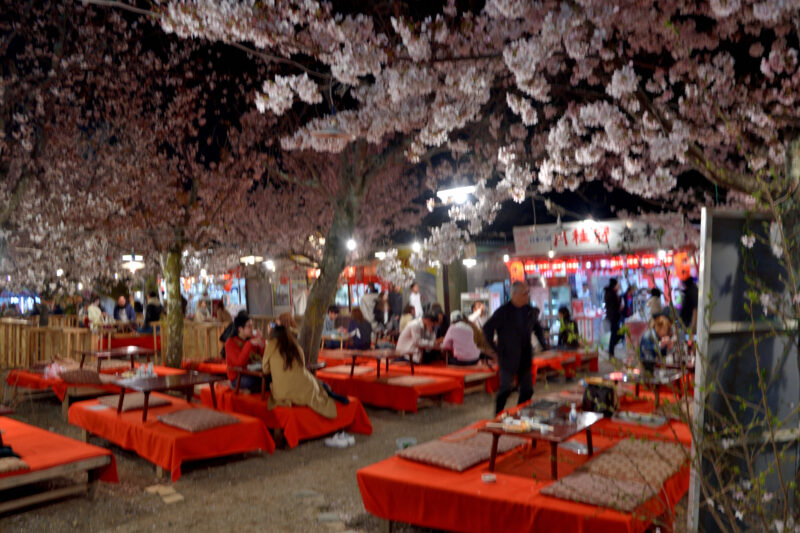
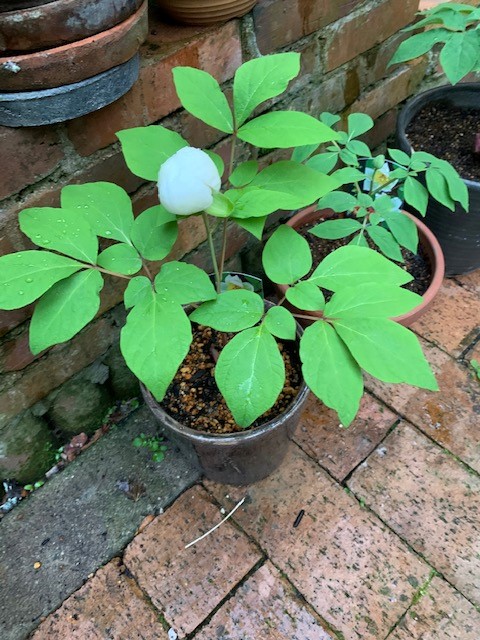
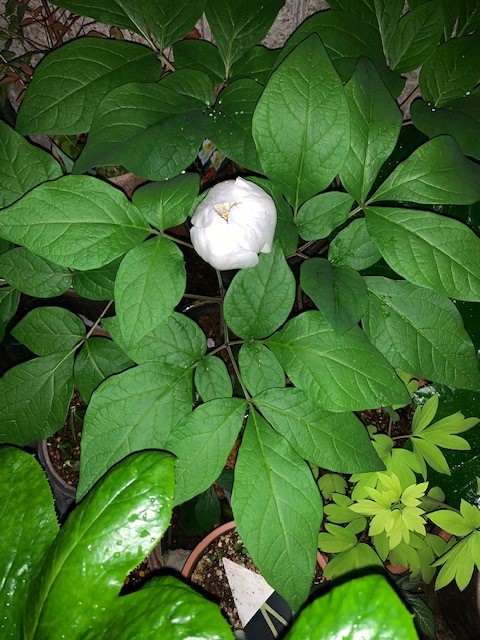
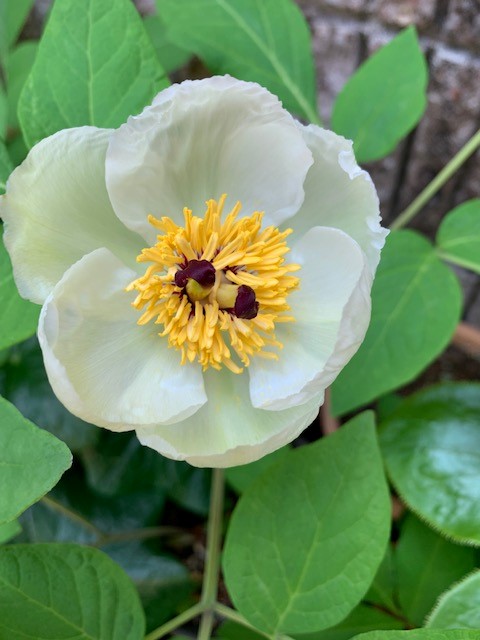
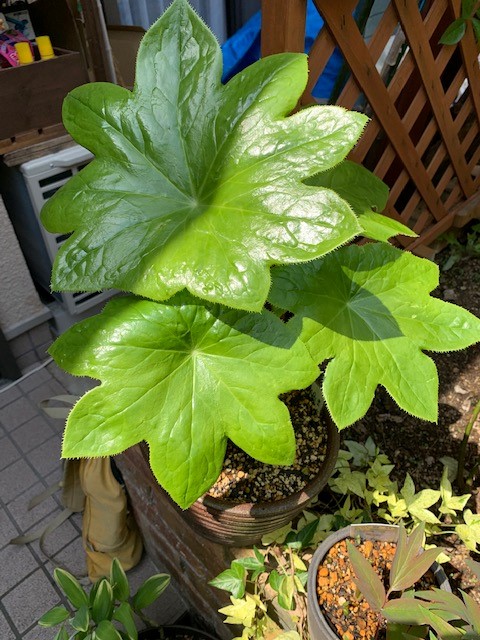
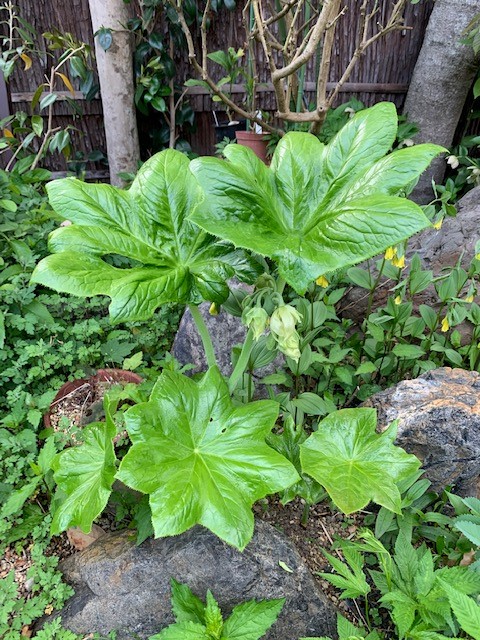
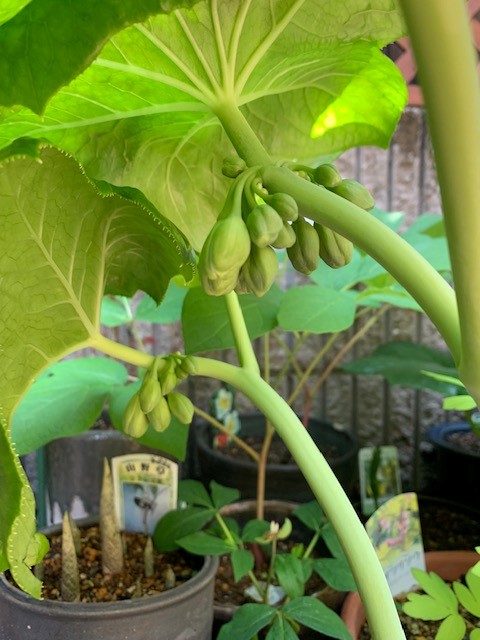

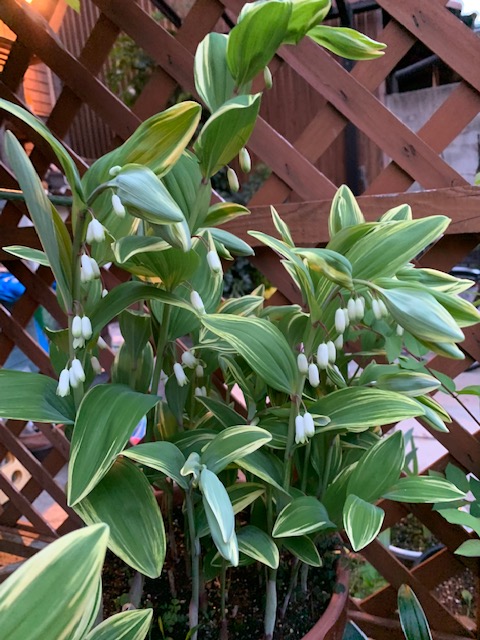
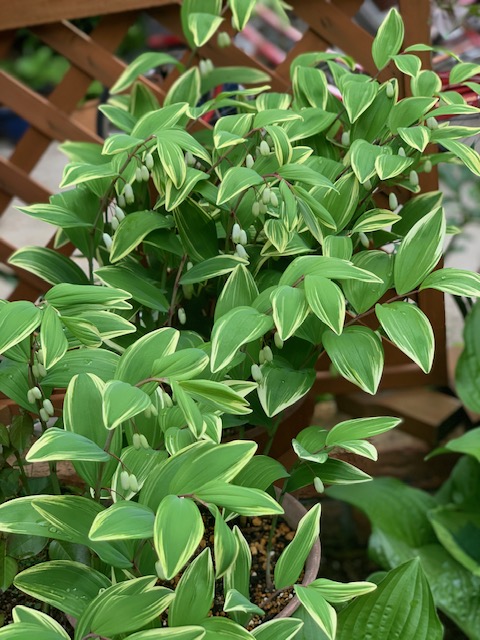
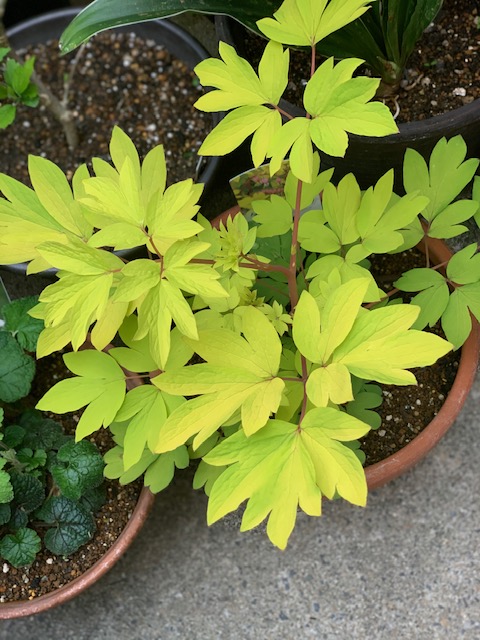
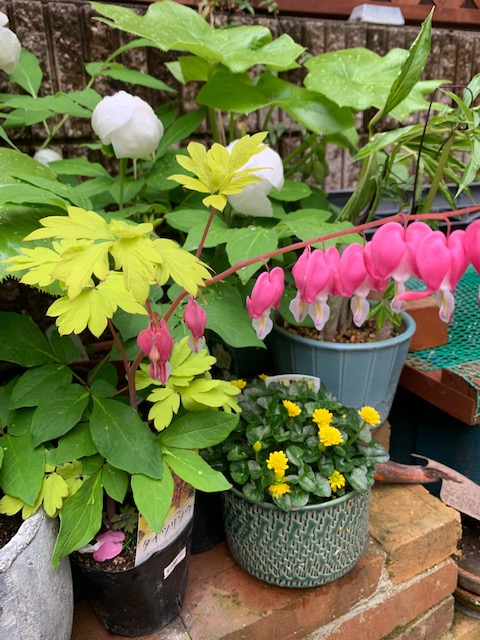
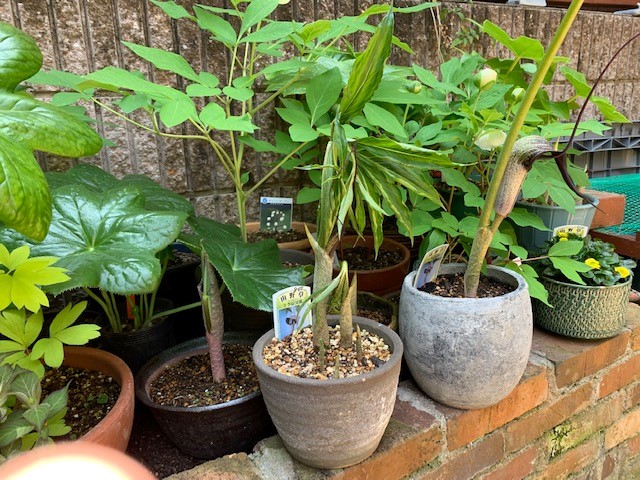
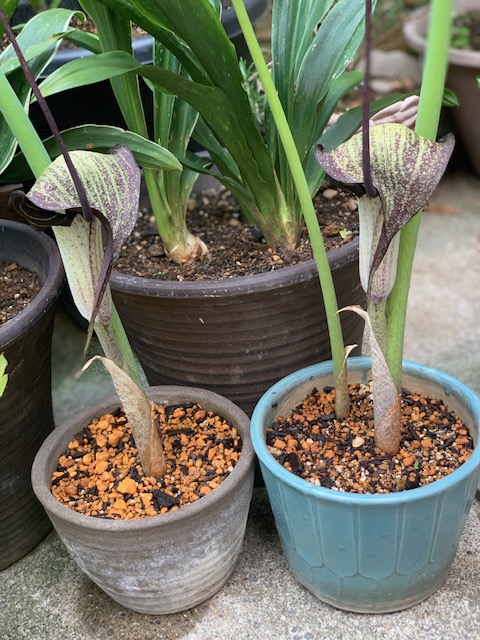
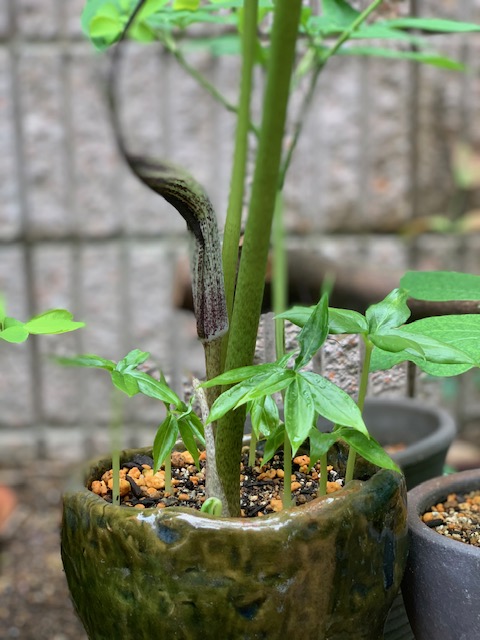
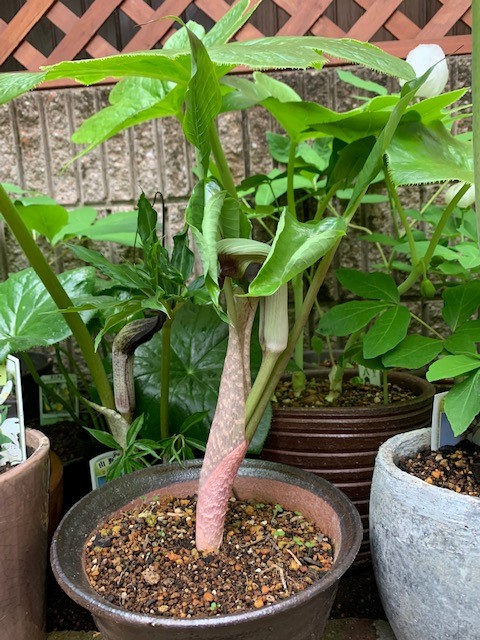
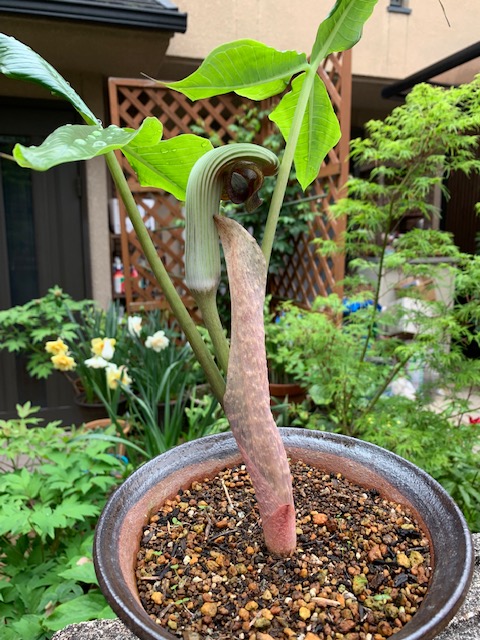
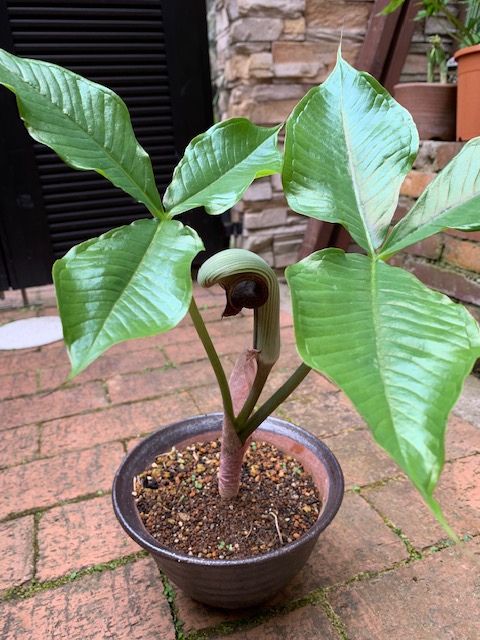
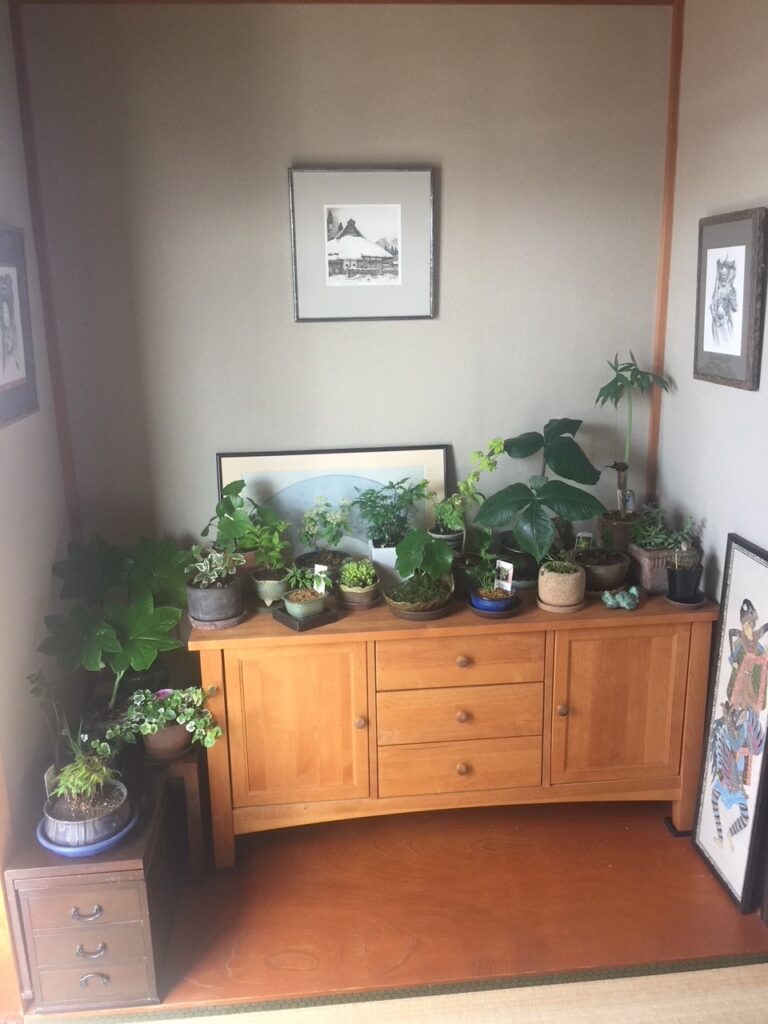


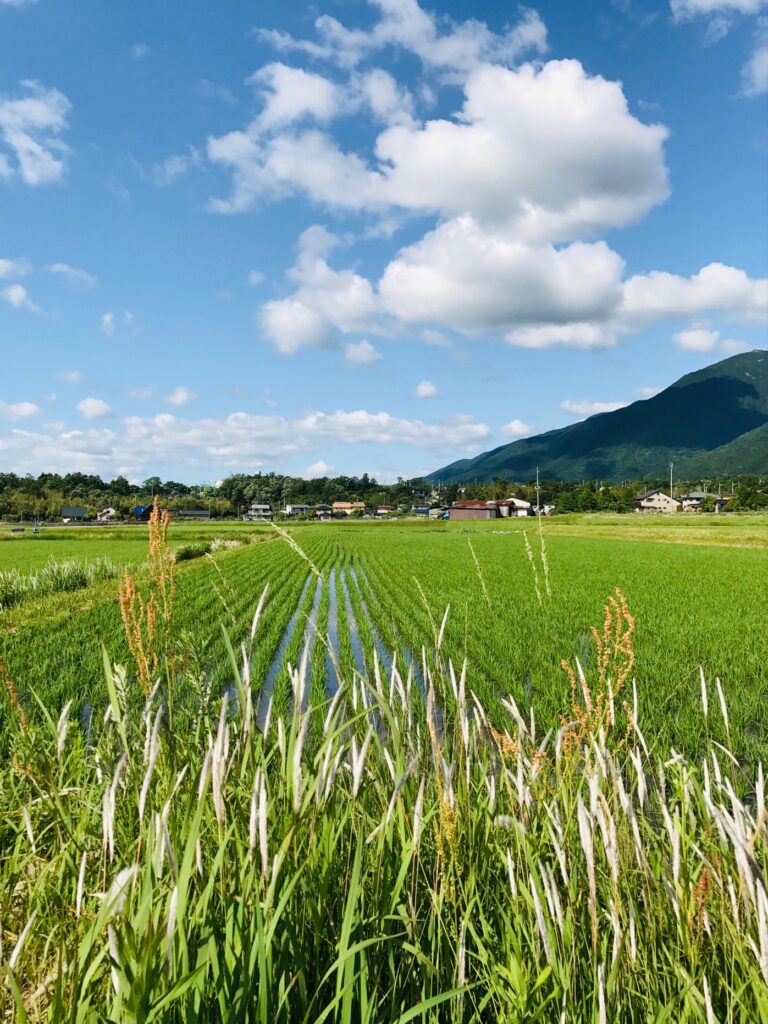

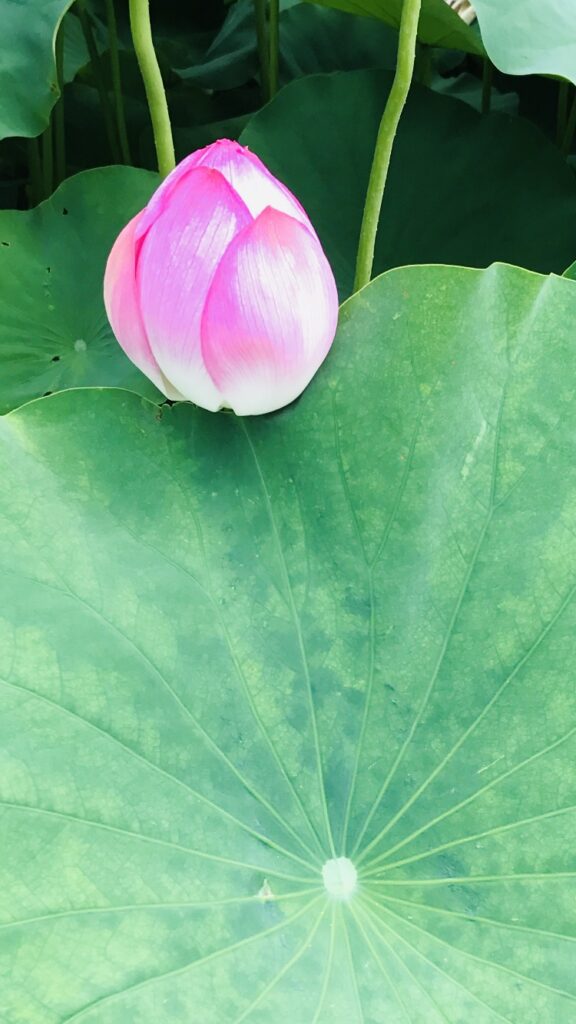


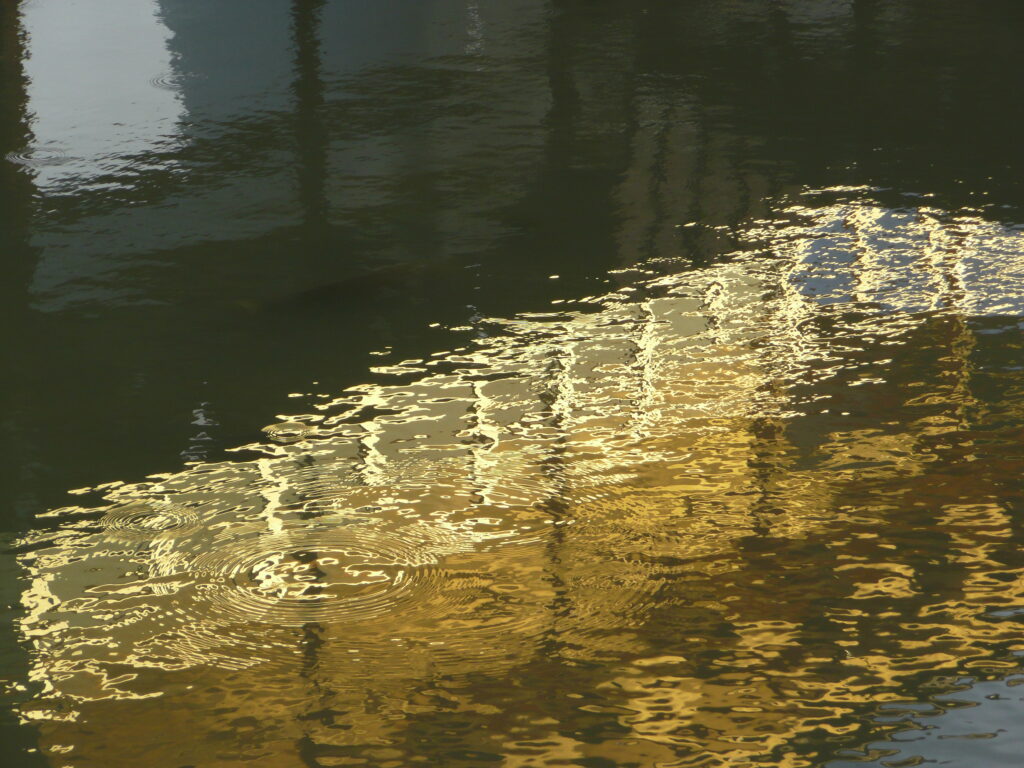



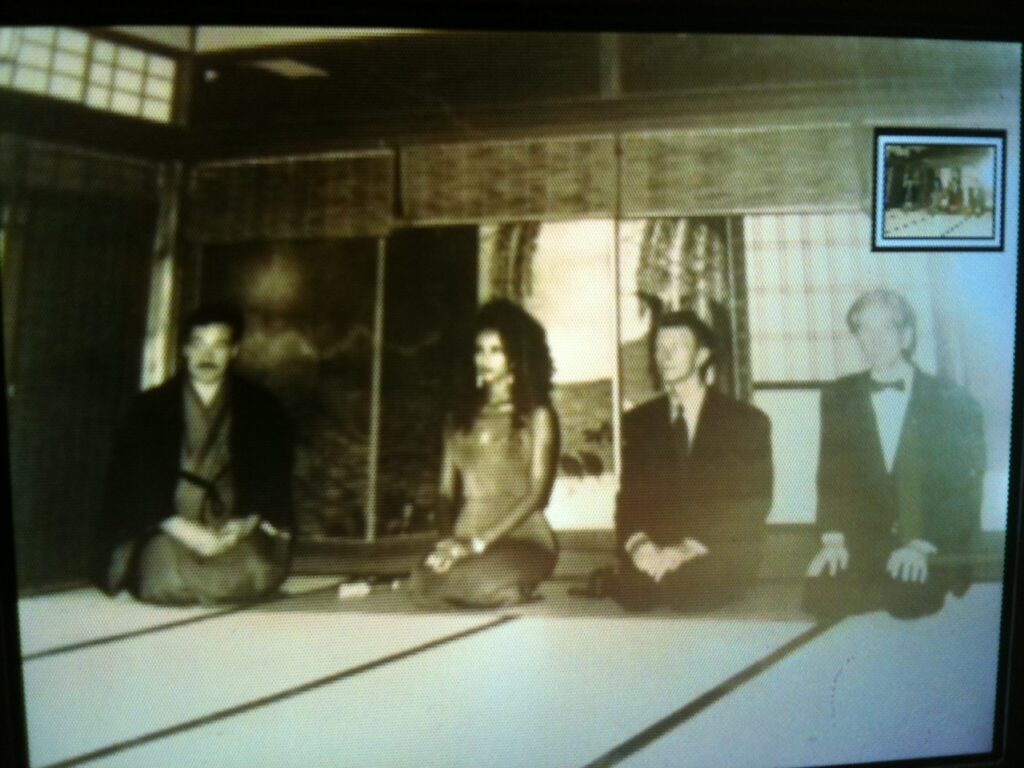

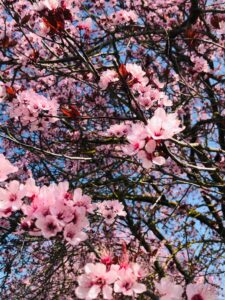
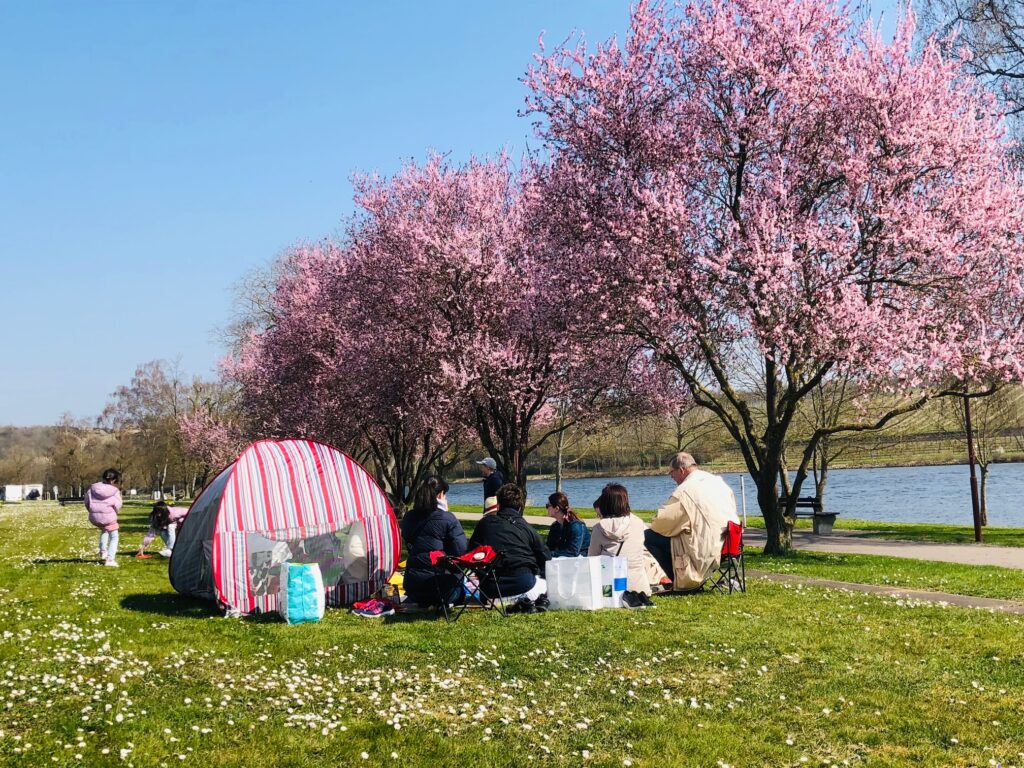

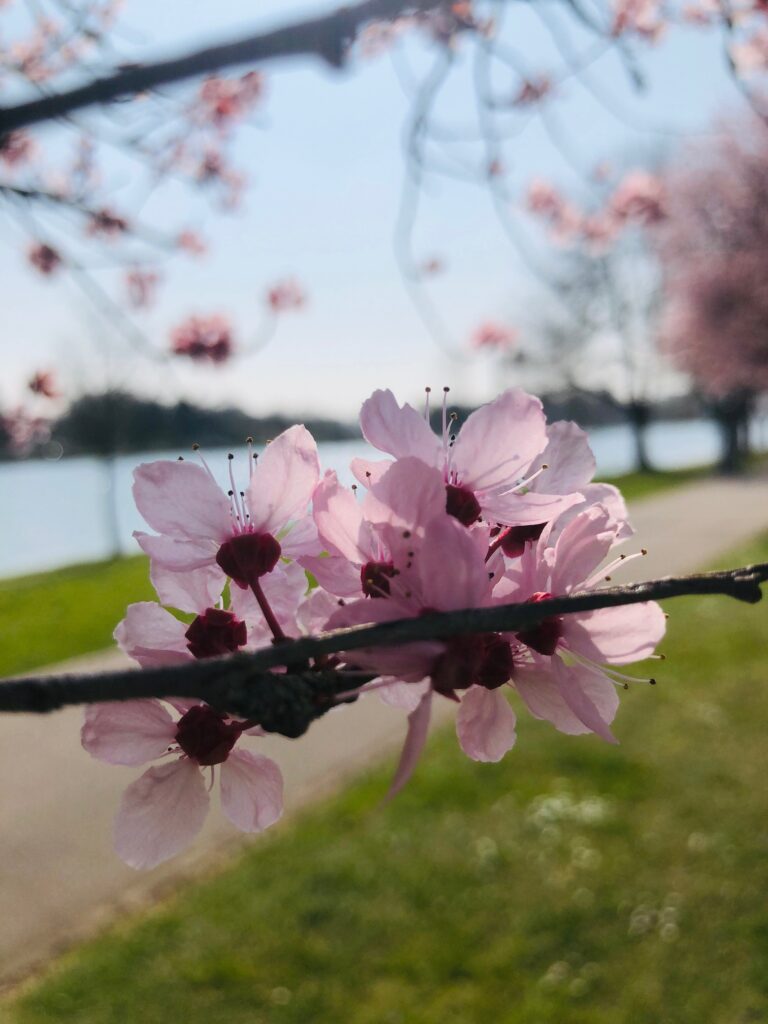





Recent Comments